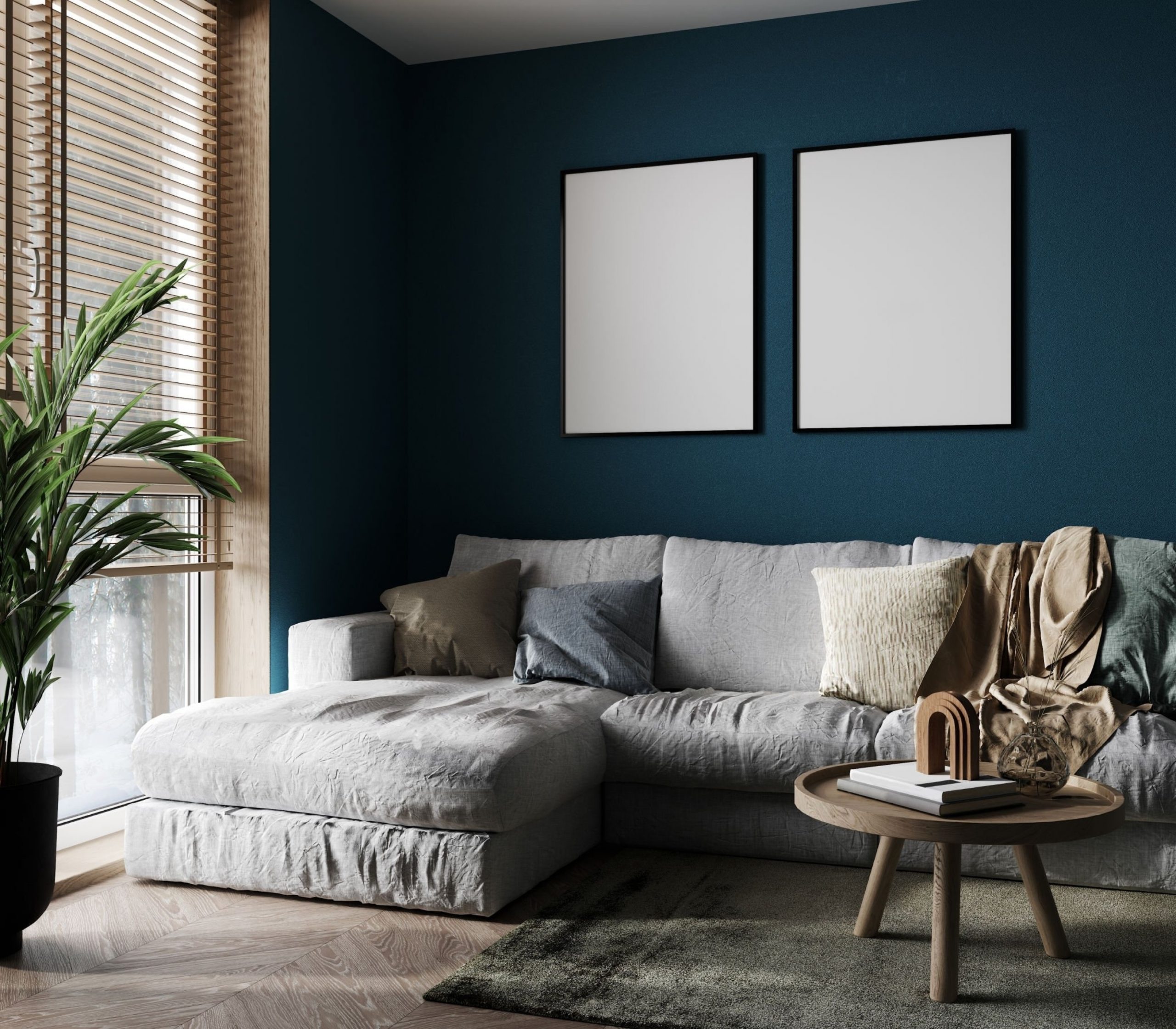Response Fabrics (India) Pvt. Ltd are the Fabrics and LeatherLite manufacturers in India. The company is an ISO 9001 certified. We create world-class design fabrics suited for corporate offices, commercial and the hospitality sector. We manufacture fabrics, leatherite, suedes, digital prints for office workstations, modular furniture, wall panelling, loose furniture, sofas, multiplex/ auditorium wall panels, chairs and recliners. These fabrics are produced in our state with the art manufacturing facilities.
Choosing the right fabrics for interior design can significantly impact the overall look, feel, and functionality of a space. Here’s a comprehensive guide to help you understand everything you need to know for selecting fabrics in interior design:
1. Consider the Functionality: Determine the purpose of the space and how the fabric will be used. For example, a living room may require durable and stain-resistant fabrics, while a bedroom may prioritize comfort and softness.
2. Understand Fabric Types:
- Natural Fabrics: Include cotton, linen, wool, silk, and leather. These offer breathability, comfort, and a luxurious feel.
- Synthetic Fabrics: Such as polyester, nylon, and acrylic. These are often more durable, easy to clean, and less prone to wrinkling.
- Blended Fabrics: Combine natural and synthetic fibers, offering the benefits of both types.
3. Consider Durability:
- High-traffic areas require durable fabrics that can withstand frequent use and potential spills.
- Look for fabrics with high rub counts, which indicate durability. For example, upholstery fabrics should typically have a rub count of 15,000 or higher for residential use.
4. Evaluate Maintenance Needs:
- Consider how easy it is to clean and maintain the fabric. Some fabrics are machine washable, while others may require professional cleaning.
- Fabrics with stain-resistant treatments or patterns that camouflage stains can be beneficial for high-traffic areas.
5. Assess Lightfastness:
- Lightfastness refers to a fabric’s ability to resist fading or discoloration when exposed to sunlight. This is particularly important for curtains, upholstery, and furniture near windows.
- Look for fabrics with high lightfastness ratings to ensure long-lasting color vibrancy.
6. Texture and Pattern:
- Texture adds depth and visual interest to a space. Consider mixing different textures for a layered and cohesive look.
- Patterns can make a bold statement or add subtle visual intrigue. Choose patterns that complement the overall design aesthetic and scale of the space.
7. Coordinate with Existing Decor:
- Consider the existing color palette, furniture, and decor elements in the room when selecting fabrics. Fabrics should harmonize with the overall design scheme.
- Use fabric swatches to compare and ensure compatibility with existing elements.
8. Test Before Purchasing:
- Obtain fabric samples and test them in the intended space to see how they look under different lighting conditions and alongside other furnishings.
- Consider how the fabric feels against the skin to ensure comfort, especially for upholstery and bedding.
9. Budget Considerations:
- Set a budget for fabric selection and prioritize where to allocate funds based on the importance of each area within the space.
- Keep in mind that higher-quality fabrics may have a higher upfront cost but can offer better durability and longevity.
10. Environmental Impact:
- Consider eco-friendly fabric options, such as organic cotton, bamboo, or recycled materials, to minimize environmental impact.
- Look for certifications like Global Organic Textile Standard (GOTS) or OEKO-TEX Standard 100, which ensure that fabrics meet certain environmental and social criteria.
By considering these factors, you can choose fabrics that not only enhance the aesthetic appeal of a space but also meet functional requirements and sustainability goals.

